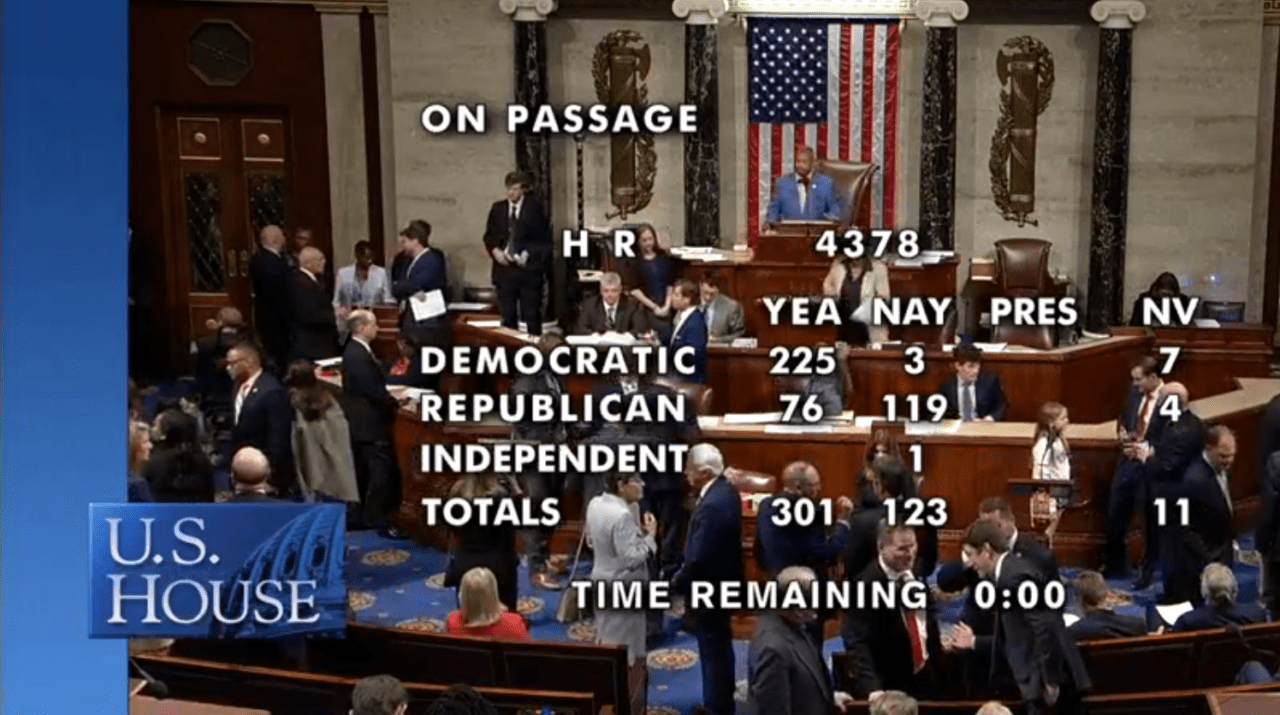
The U.S. National Nuclear Security Administration (NNSA) would be funded at an annualized level that is nearly 10% lower than requested for nearly the first two months of fiscal 2020, under a stopgap spending bill approved Thursday by the House of Representatives.
In a 301-123 vote, with 76 Republicans joining 225 Democrats in support, the House on Thursday passed the continuing resolution to keep the government funded at current fiscal 2019 levels through Nov. 21. In opposition were 119 Republicans and just three Democrats.
Fiscal 2020 begins on Oct. 1. The House in June passed several appropriations bills, including legislation covering the NNSA, but the full Senate has yet to vote on any spending measures.
The House bill would fund the NNSA’s nuclear-arsenal and nonproliferation operations at the annualized equivalent of about $15.2 billion: 8.5% lower than the request of $16.5 billion. The 2020 DOE energy and water appropriations approved by the lower chamber would do better than that: $16 billion, which while 4% lower than requested is still about a 4.5% raise from current funding.
The Senate’s proposed DOE budget for 2020, on the other hand, includes almost $17 billion for the NNSA. That budget is part of a roughly $50 billion energy and water measure, which the GOP-controlled Senate is trying to pass in a package with other 2020 spending bills known as a minibus. However, rigid partisan differences over funding for President Donald Trump’s proposed southern-border wall stopped the full Senate from starting debate on that bill this week. Had debate started, senators could have voted on the measure as soon as next week.
Instead, the Senate will take up the continuing resolution as soon as next week. The bandage bill could temporarily shortchange some NNSA weapons modernization work, including the W80-4 cruise-missile warhead life extension that entered development engineering this year. Also potentially taking a temporary hit would be expansion of Department of Energy facilities designed to produce plutonium pits: fissile nuclear-weapon cores needed for decades worth of NNSA work under the 30-year nuclear modernization and maintenance plan started in 2016 by the Barack Obama administration.
The House and Senate 2020 DOE appropriations bills would provide all $900 million of the requested W80-4 funding. However, the chambers are bitterly split on the agency’s plutonium-pit plan. The House bill would give only two-thirds of the funding the NNSA requested to build out its plutonium pit infrastructure: about $470 million, compared with some $710 million requested. The Senate’s bill matches the request for pits. The NNSA wants to expand pit infrastructure at the Los Alamos National Laboratory in New Mexico and convert the partially built Mixed Oxide Fuel Fabrication Facility, a failed plutonium disposal project, into a new pit factory at the Savannah River Site in Aiken, S.C.
The House wants to slow pit work in South Carolina, as part of an overall drive by Democrats to tap the brakes on modernization of the U.S. intercontinental ballistic missile fleet to be deployed starting in 2030. New Ground-Based Strategic Deterrent missiles eventually will carry W87-1 warheads with plutonium-pit cores to be made at Los Alamos and Savannah River.
While the stopgap bill would leave the NNSA a little money to play with by extending funding for programs slated to end in 2019, it would amount to couch-cushion change, compared with the $1.3 billion year-over-year increase the agency seeks for fiscal 2020 for its Weapons Activities budget. For example, the continuing resolution would provide about $50 million for the W76-1 submarine-launched ballistic-missile warhead life extension, which the NNSA plans to wind down totally by Sept. 30.
For Weapons Activity as a whole, the NNSA requested nearly $12.5 billion for 2020. The House’s 2020 spending proposal would provide around $11.8 billion, which is 5.5% below the request but 6% more than 2019. The Senate’s proposed budget for 2020 would give Weapons Activity some 2.5% more than requested, or roughly $12.7 million: about 13% more than 2019.